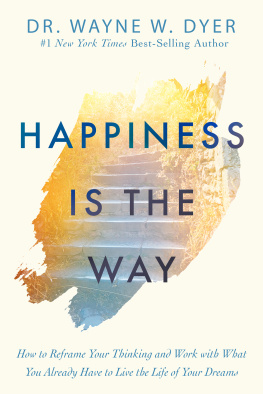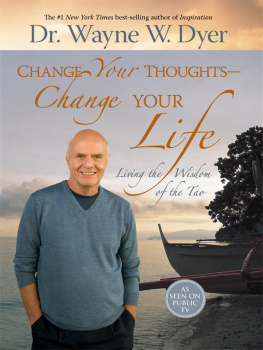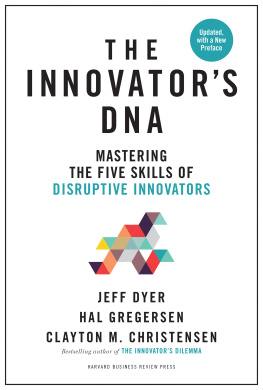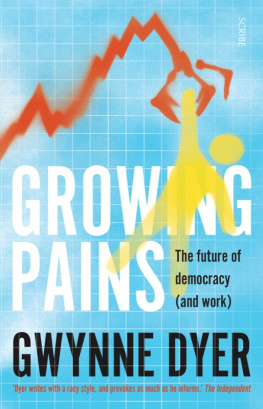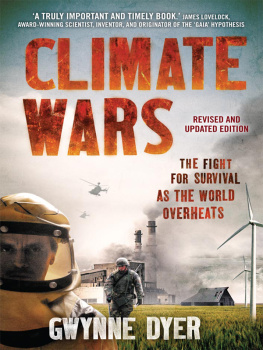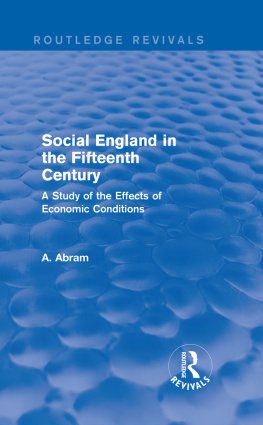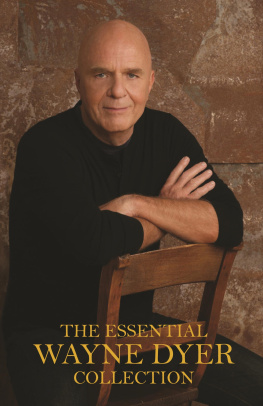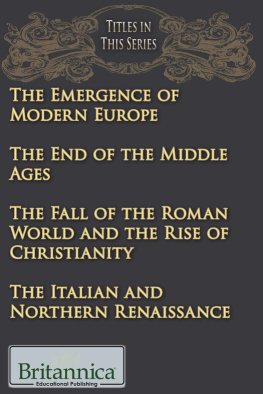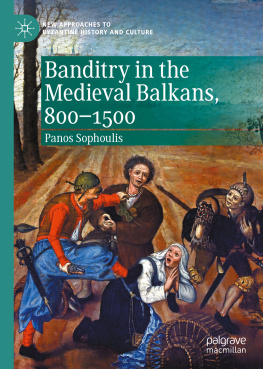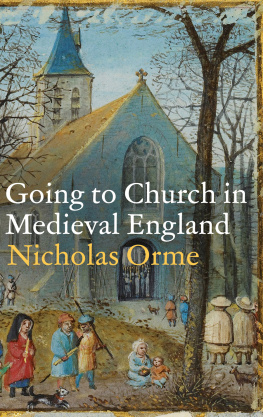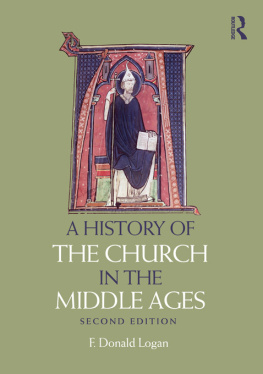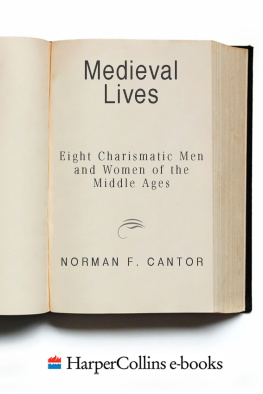
MAKING A LIVING IN THE MIDDLE AGES
Christopher Dyer is director of the Centre for english local history in the University of leicester. among his recent publications are An Age of Transition?: Economy and Society in England in the Later Middle Ages (2005), and The Self-Contained Village, edited with harold Fox and nigel goose (2007). he has been president of the society for medieval archaeology and of the British agricultural history society. he was awarded the CBe in 2008.
THE NEW ECONOMIC HISTORY OF BRITAIN
Making a Living in the
Middle Ages
THE PEOPLE OF BRITAIN 8501520
CHRISTOPHER DYER
YALE UNIVERSITY PRESS
NEW HAVEN AND LONDON
The New Economic History of Britain
General Editor: David Cannadine
Copyright 2002 by Christopher Dyer
First printed in paperback (US) 2005
First printed in paperback (UK) 2009
The right of Christopher Dyer to be identified as the author of this work has been asserted by him in accordance with the Copyright, Designs and Patents Act 1988.
All rights reserved. This book may not be reproduced in whole or in part, in any form (beyond that copying permitted by Sections 107 and 108 of the U.S. Copyright Law and except by reviewers for the public press) without written permission from the publishers.
For information about this and other Yale University Press publications, please contact:
U.S. Office:
Europe Office:
Set in Sabon MT by Best-set Typesetter Ltd., Hong Kong
Printed in Great Britain by TJ International Ltd, Padstow, Cornwall
Library of Congress Cataloging-in-Publication Data
Dyer, Christopher, 1944
Making a living in the middle ages: the people of Britain 8501520/Christopher Dyer.
p. cm. (The new economic history of Britain)
Includes bibliographical references and index.
ISBN 0300090609 (cloth: alk. paper)
1. Great Britain Economic conditions. 2. Great Britain Social conditions. 3. Great
Britain History Medieval period, 10661485. 4. England Economic
conditions 10661485. 5. Scotland Economic conditions. 6. Wales Economic
conditions. 7. Industries Great Britain History To 1500. 8. Working class Great
Britain History To 1500. 9. Social classes Great Britain History To 1500. 10. Social
change Great Britain History to 1500. 11. Cities and towns Great Britain
History To 1500. 12. Great Britain Population History To 1500. 13. Middle Ages.
I. Title. II. Series.
HC 254.D93 2002
330.941'03 dc21 2001046865
A catalogue record for this book is available from the British Library.
ISBN 9780300101911 (pbk)
10 9 8 7 6 5 4 3 2 1
Contents
Approaching the economic history of medieval Britain
Origins of the medieval economy, c.850c.1100
i. Farming
ii. Expansion
iii. Estates and lords
iv. Peasants
i. The Viking invasions
ii. The growth of the state
iii. The origins of towns
i. Old aristocracy
ii. New aristocracy
iii. England in 1086
Expansion and crisis, c.1100c.1350
i. Aristocracy and property
ii. Managing the estate
iii. Lords and peasants
iv. Lords and towns
v. Knights and gentry
vi. Aristocratic achievement?
i. Families and population
ii. Peasants and their holdings
iii. Peasants and the market
iv. Peasants and lords
v. Individuals and communities
i. Urban expansion
ii. The urban environment
iii. Urban occupations
iv. Techniques of trade and manufacture
v. Urban government
vi. Towns in a feudal economy
i. Great Famine and Black Death
ii. Contraction and change
iii. Historical debate
iv. Crisis in Scotland
v. Explanations
Making a new world, c.1350c.1520
i. Plague and population, c.1348c.1520
ii. Low population, c.1348c.1400
iii. Revolts
iv. The economy, c.1348c.1400
i. Urban fortunes
ii. Urban economies
iii. Consumers
iv. Old and new
i. Landlords
ii. Gentry
iii. Farmers
iv. Peasants
Illustrations
Maps
A woodland village and its fields: Great Hampden, Buckinghamshire
Distribution of nucleated villages
A champion village and its fields: Crimscote, Warwickshire
A great estate: Meddyfnych, Carmarthenshire
Town plans of a) Winchester and b) Northampton
Boroughs in Domesday Book (1086)
Distribution of population according to Domesday Book (1086)
Examples of estates in the twelfth and thirteenth centuries
Scottish burghs in existence by 1300
Debts owed to Londoners, c.1400
Changes in the distribution of lay wealth, 1334 and 1515
Figures
Grain prices in England, 11601520
English population, 8501550
Wage rates in England, 12101520
English exports of wool and cloth, 12791544
Preface
This book surveys the society and economy of medieval Britain. It covers the seven centuries from the Vikings to the Reformation, and it aims to deal with Britain, that is England, Scotland and Wales. I have approached the subject by seeking to understand the perspective of those who lived at the time. Changes in the society and economy came about because men and women, as individuals or in groups, made decisions and acted accordingly. We can therefore appreciate why they behaved and acted as they did if we can reconstruct their thinking in the light of their circumstances. Such an exercise requires some imagination, as one of the purposes of this book is to explore the economic contribution of the working population, who are not very fully documented. This is difficult, but is intended to add to the interest of the book, and in the same spirit while scholarly debates and controversies are reflected in these pages, they will be presented without lengthy accounts of the views of contending schools of historians. The writing consciously avoids jargon and technicalities and the more specialized terms will be explained when they are first mentioned.
A book dealing with a long period and many themes is inevitably the product of many years of research, reading, listening and conversation. I could not possibly name the dozens of people who have helped me in various ways, and I hope that they will understand and forgive the omission. The only exception must be Rodney Hilton, whose early tuition and later advice has been an influence and inspiration. To focus on those who helped specifically with the production of this book, David Cannadine suggested that I write it, and commented helpfully on a first draft. I was advised and encouraged by the editors for Penguin and Yale, Simon Winder and Robert Baldock. Chapters were read and improved by Dawn Hadley, Keith Stringer, Phillipp Schofield and two anonymous readers. The final version of the typescript was prepared by Sue Bowen and Nancy Moore. Jenny Dyer read drafts and helped in other ways. John and Geraldine Brown gave me hospitality when I worked in Edinburgh. Help with preparing illustrations came from Duncan Brown, Bob Croft, Geoff Egan and Andy Isham. Candida Brazil of Yale University Press gave care and encouragement. The University of Birmingham and the Arts and Humanities Research Board allowed me a generous period of study leave.
Christopher Dyer
Birmingham, April 2001
Note on the text. Places are identified here with reference to the counties before the reorganization of local government in the 1970s. Money, length, distance, area, volume and weight are given in measures prevailing before metrication. There were 240d (pence) in a pound (1), and 12d (pence) made a shilling (1s). To gain a sense of the value of money, a cow could be bought for about 24d (2s) or 36d (3s) before 1200, and between 6s and 11s after that date. A foot is equivalent to 0.3 metre, a yard to 0.9 metre, and a mile to 1.6 kilometres. An acre is 0.4 hectare. Grain was measured in bushels (36 litres) and wine in gallons (4.5 litres). Wool and tin were weighed in pounds (0.45 kilogramme).
Next page

